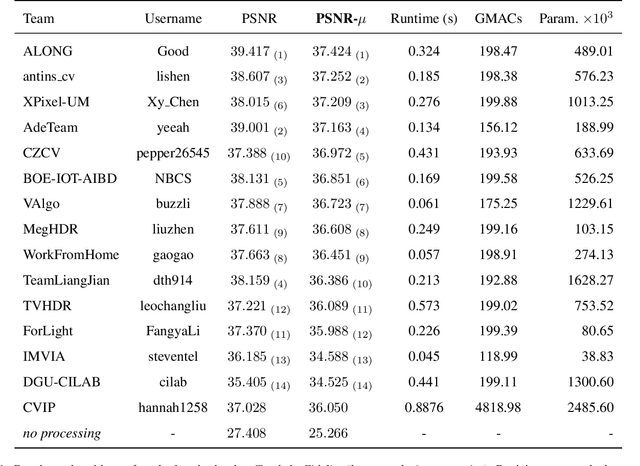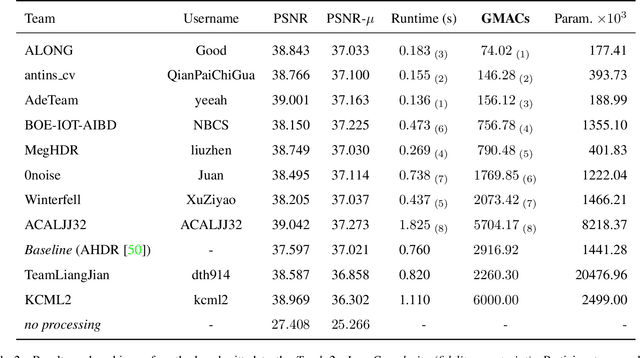Yonglin Luo
Perceptual Quality Assessment for Video Frame Interpolation
Dec 25, 2023



Abstract:The quality of frames is significant for both research and application of video frame interpolation (VFI). In recent VFI studies, the methods of full-reference image quality assessment have generally been used to evaluate the quality of VFI frames. However, high frame rate reference videos, necessities for the full-reference methods, are difficult to obtain in most applications of VFI. To evaluate the quality of VFI frames without reference videos, a no-reference perceptual quality assessment method is proposed in this paper. This method is more compatible with VFI application and the evaluation scores from it are consistent with human subjective opinions. A new quality assessment dataset for VFI was constructed through subjective experiments firstly, to assess the opinion scores of interpolated frames. The dataset was created from triplets of frames extracted from high-quality videos using 9 state-of-the-art VFI algorithms. The proposed method evaluates the perceptual coherence of frames incorporating the original pair of VFI inputs. Specifically, the method applies a triplet network architecture, including three parallel feature pipelines, to extract the deep perceptual features of the interpolated frame as well as the original pair of frames. Coherence similarities of the two-way parallel features are jointly calculated and optimized as a perceptual metric. In the experiments, both full-reference and no-reference quality assessment methods were tested on the new quality dataset. The results show that the proposed method achieves the best performance among all compared quality assessment methods on the dataset.
NTIRE 2022 Challenge on High Dynamic Range Imaging: Methods and Results
May 25, 2022



Abstract:This paper reviews the challenge on constrained high dynamic range (HDR) imaging that was part of the New Trends in Image Restoration and Enhancement (NTIRE) workshop, held in conjunction with CVPR 2022. This manuscript focuses on the competition set-up, datasets, the proposed methods and their results. The challenge aims at estimating an HDR image from multiple respective low dynamic range (LDR) observations, which might suffer from under- or over-exposed regions and different sources of noise. The challenge is composed of two tracks with an emphasis on fidelity and complexity constraints: In Track 1, participants are asked to optimize objective fidelity scores while imposing a low-complexity constraint (i.e. solutions can not exceed a given number of operations). In Track 2, participants are asked to minimize the complexity of their solutions while imposing a constraint on fidelity scores (i.e. solutions are required to obtain a higher fidelity score than the prescribed baseline). Both tracks use the same data and metrics: Fidelity is measured by means of PSNR with respect to a ground-truth HDR image (computed both directly and with a canonical tonemapping operation), while complexity metrics include the number of Multiply-Accumulate (MAC) operations and runtime (in seconds).
* CVPR Workshops 2022. 15 pages, 21 figures, 2 tables
 Add to Chrome
Add to Chrome Add to Firefox
Add to Firefox Add to Edge
Add to Edge